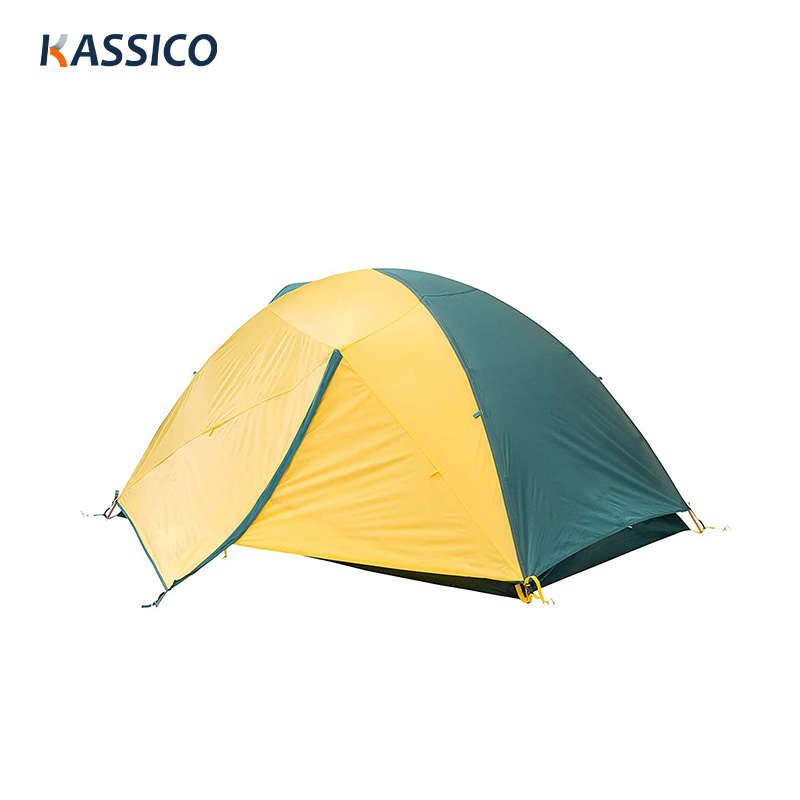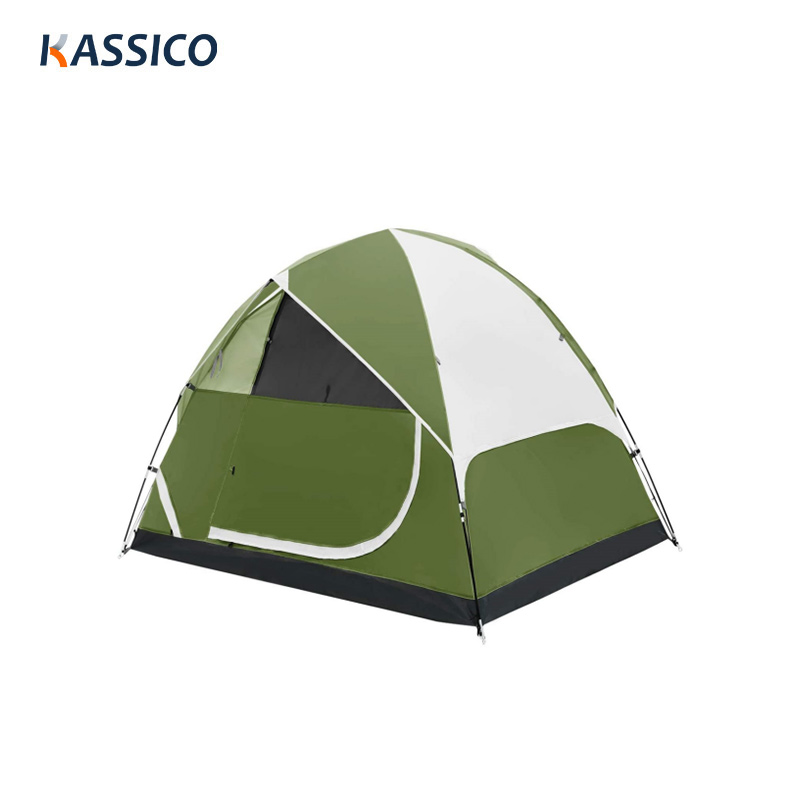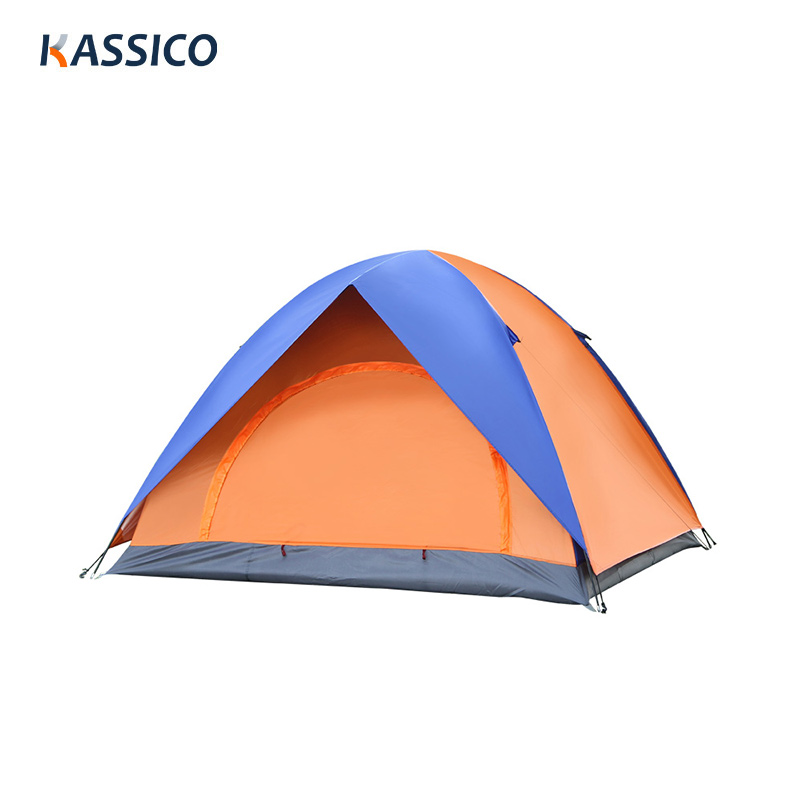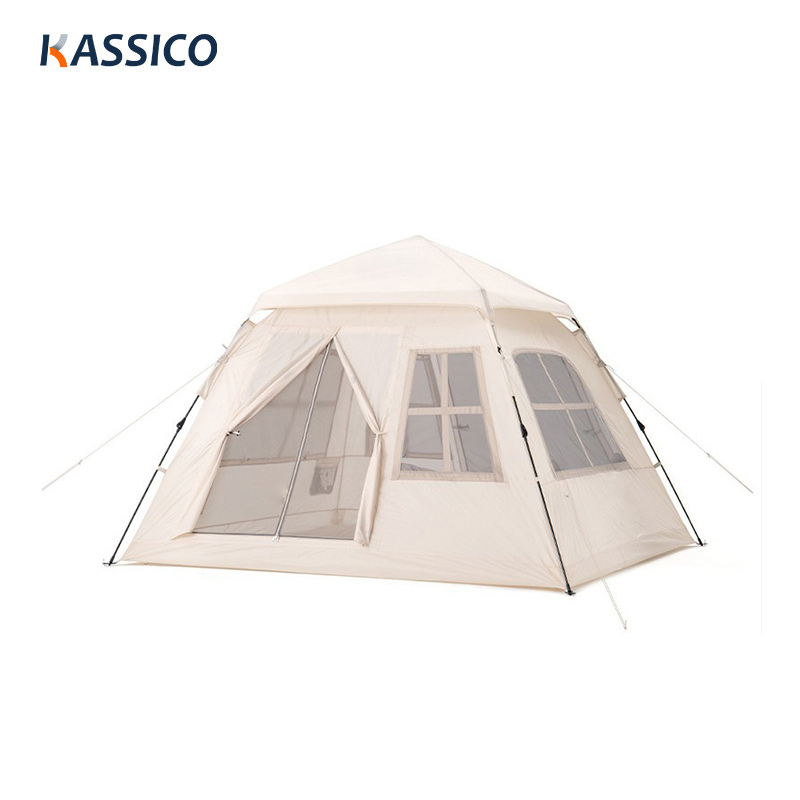
 Automatic Double Layers Backpacking Tent for Camping Hiking Fishing Travel
Automatic Double Layers Backpacking Tent for Camping Hiking Fishing Travel

 Outdoor Ultralight Mountain Top Backpacking Tent With Double Door
Outdoor Ultralight Mountain Top Backpacking Tent With Double Door
 Waterproof & Windproof Lightweight Backpacking Tent for Outdoor,Hiking & Glamping
Waterproof & Windproof Lightweight Backpacking Tent for Outdoor,Hiking & Glamping
 Ultralight Camping Backpacking Tent - Double Layer Tent
Ultralight Camping Backpacking Tent - Double Layer Tent
 Outdoor Ultralight Camping Backpacking Tent For Hiking & Traveling
Outdoor Ultralight Camping Backpacking Tent For Hiking & Traveling
 Outdoor Waterproof Linghtweight Automatic Camping Tent
Outdoor Waterproof Linghtweight Automatic Camping Tent
 Outdoor Camping Family Tent - Light Hydraumatic Automatic Tent
Outdoor Camping Family Tent - Light Hydraumatic Automatic Tent
 Outdoor Windproof Superlight Backpacking Tent For Single
Outdoor Windproof Superlight Backpacking Tent For Single
 Outdoor Tunnel Tent Bicycle Motorcycle Moto Shelter Storage Motorcycle Tent
Outdoor Tunnel Tent Bicycle Motorcycle Moto Shelter Storage Motorcycle Tent

 2-4 Persons Outdoor Ultralight Automatic Camping Tent
2-4 Persons Outdoor Ultralight Automatic Camping Tent
 Large Outdoor Double Layer Tunnel Camping Tent With 2 Room
Large Outdoor Double Layer Tunnel Camping Tent With 2 Room

 Outdoor Ultralight Tent For Backpacking Hiking Camping
Outdoor Ultralight Tent For Backpacking Hiking Camping

 Waterproof UPF 50+ Automatic Open Family Camping Tent with Vestibule & Sky View
Waterproof UPF 50+ Automatic Open Family Camping Tent with Vestibule & Sky View

 Outdoort Ultralight Automatic Camping Family Tent
Outdoort Ultralight Automatic Camping Family Tent

 Vinyl Square Automatic Camping Family Tent with Sunshelter
Vinyl Square Automatic Camping Family Tent with Sunshelter

 2023 New Outdoor Square Ultralight Camping Family Tent
2023 New Outdoor Square Ultralight Camping Family Tent
Types of tents
This dome tent is so strong that it can stand upright even in strong winds because it is freestanding and does not require any stakes. The tent's bent poles improve its stability in case of problems.
Dome tents contain a very common type of two flexible and comfortable poles that cross each other at the top of the dome and moor at each corner of the tent dome. Another important and major point is that this dome tent is very sturdy and can withstand all kinds of weather and big problematic conditions.
Pros: Affordable, light, plenty of headroom, easy to set up and drop down
Cons: not very stable in wind or bad weather, unstable if larger, small porch area
The frame/ridge type tent contains thick canvas supported by two vertical and horizontal poles at each end. The stability of this type of tent will depend on how the tent is set up and how these tent things are placed.
In any case, when it rains in that period, ridge and frame type tents use aluminum poles as well as nylon and polyester material for waterproofing. And the more important point is that this tent is suitable for two people. You can go with your partner and only with a friend, then this will be a great pair.
Pros: Waterproof, durable and sturdy in bad weather conditions, easy to set up
Cons: limited headroom, heavy canvas material, bad challenge
It is recommended to use this tent for long outings during any BSA council camping trips as it can accommodate many Scouts. One thing that comes with this tent is that it provides a great space for people so many scouts can sleep in this tent.
The wall tent contains those upright poles which contain two vertical poles to keep it standing and straight. This tent is made of a very strong and sturdy material that will keep you dry inside the tent even if it is raining outside.
Pros: durable, waterproof, sleeps more people, comfortable, space
Cons: too heavy, can be complicated to set up, little to no installation
These tents are designed in a better way that allows you to stay dry from the rain inside the tent. These tents are designed in a better way so you won't have any problems when you are adventuring and when it rains.
This breathable tent is designed in such a way that it will stand upright without causing any problems in bad weather conditions such as storms. And it's easy to carry around so you don't have to worry about that.
Pros: Light, durable, waterproof
Cons: Tends to be expensive, small indoor room, can get wet in warm weather
How do you store your tent ?
Always make sure your tent is completely dry before storing it. A damp tent will mold, stink and fall apart faster. This is my most important tip.
When using your tent, be sure to use both hands to operate the zippers. The tent is designed to be zipped tightly and may tear if you accidentally zipper it up without putting the fabric together.
Do not throw the tent in the washing machine or wash it with strong soap. This will destroy the waterproofing. Instead, use water or a mild detergent.
Never pitch your tent on tree branches, sharp rocks or jagged surfaces. Punctures are more likely than you might expect.
Shake your tent before putting it away. Rolling up with loose items may also result in punctures.
Where is the best place to pitch my tent?
Tents should be pitched on a slightly sloped debris-free area. By doing this, in the event of heavy rain, water will run away from your tent rather than pooling where you sleep. Also, avoid pitching your tent on sensitive grassy areas and instead place it on short grass or non-sensitive ground. Move any tree branches, as they may pierce the floor of your tent.
For your own safety, always pitch your tent with a side wall facing the wind. Never face your tent into the wind. Otherwise, your tent may be blown away! Be careful camping under trees, especially in high winds, as their falling branches can be dangerous and unpredictable.